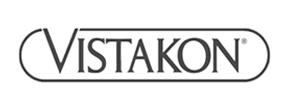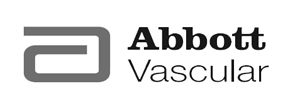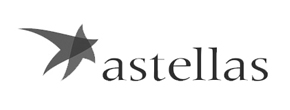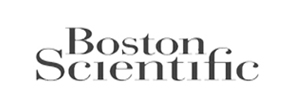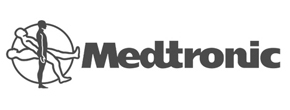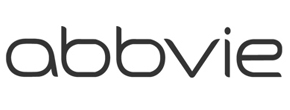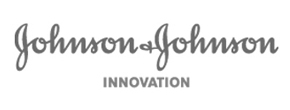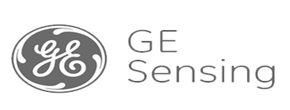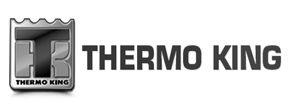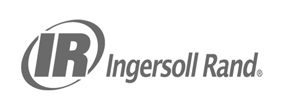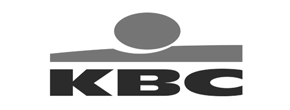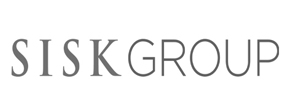WHY IS SAVING WATER IMPORTANT?
Water is becoming an increasingly expensive resource with mains, sewerage and trade effluent charges rising. However, introducing water minimisation measures is one of the easiest and most inexpensive ways to achieve cost savings.
Most companies and organisations know how much water they use, but may not always use this knowledge to help them reduce the amount of water consumed.
Companies that adopt a systematic approach to water reduction typically achieve a 20 – 50% decrease in the amount of water they use. By using less water, companies save money on both water supply and wastewater disposal. Taking action to save water may also allow companies to recover raw materials or product previously lost in effluent streams.
Understanding Where Costs Arise

What Is A Water Balance
A water balance is a management tool that provides managers with an overview of the major uses of water on their company’s site, irrespective of the company’s activity. When used to control water use and effluent generation, a water balance can help companies and organisations of all sizes and types to reduce water use, cut costs and increase profits. Adopting a systematic approach to water reduction typically results in a 20 – 50% fall in water consumption.

A water balance is a numerical account used to show where water enters and leaves your business, and where it is used within the business. It typically contains information about the amount of water used by each main process and, for some processes, can be very detailed. Presenting the water balance as a diagram makes it easy to understand and use a management tool.

The four phases of a typical water saving campaign PHASE 1 – Initiation
- Obtain commitment from senior management.
- Involve staff and appoint the leader (‘champion’) of the water saving team.
- Find out about water saving devices and their application.
- Talk to other interested people in your company.
- Develop a simple programme.
- Allocate sufficient resources.
PHASE 2 – Water use survey and development of the water balance
- Identify where, how and why water is used.
- Identify the water quality requirement at each point of use.
- Determine the water quality and availability at each point of discharge.
PHASE 3 – Evaluation of water saving options
- Evaluate current and future water costs by area or item of equipment.
- Identify and evaluate cost-effective water saving devices and practices.
- Carry out trials of likely options.
PHASE 4 – Implementation
- Train staff (if necessary).
- Implement cost-effective water saving devices and practices.
- Monitor the implemented devices and practices.
- Communicate successes and savings to employees.
- Obtain feedback from staff.
If you need any further information or help on Water Saving and developing a Water Balance for your company, do not hesitate to contact me www.oneeight.ie

